







Between the urban and the architectural scale, this diploma project aims to study the installation of a creative hub on Piraeus Street in Athens, Greece.
Initially, we focused on the multiple readings of Piraeus Street on a historical base as well as an urban organization that permits the incorporation of heterogeneous elements in a complex architectural and urban tissue and treats them as essential parts of the collective memory and not as embarrassments. The program is based on the research about the interaction of the human body, the materials of each cluster and the user’s movements. The final goal is a building that serves both as a canvas to bring out users’ creativity but also as the starting point of a new network of creative industries on the site.
Supervisor: Vrontissi Maria
Reference Number: 757


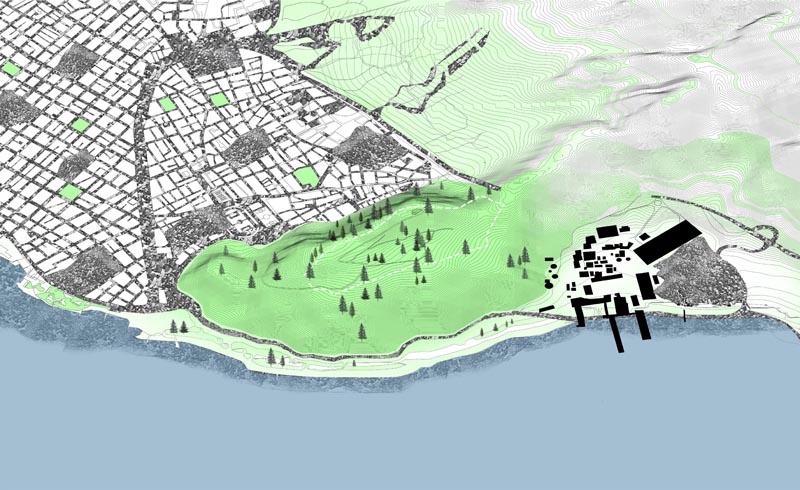

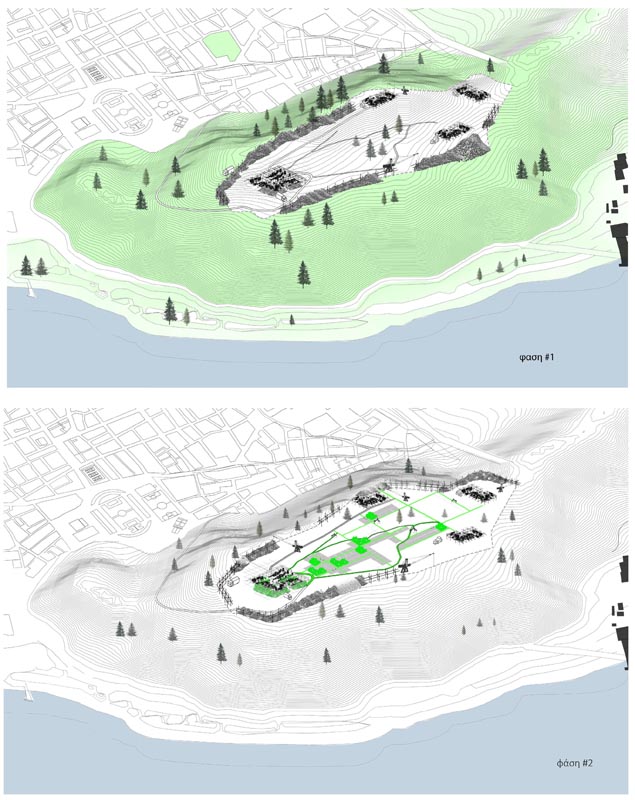

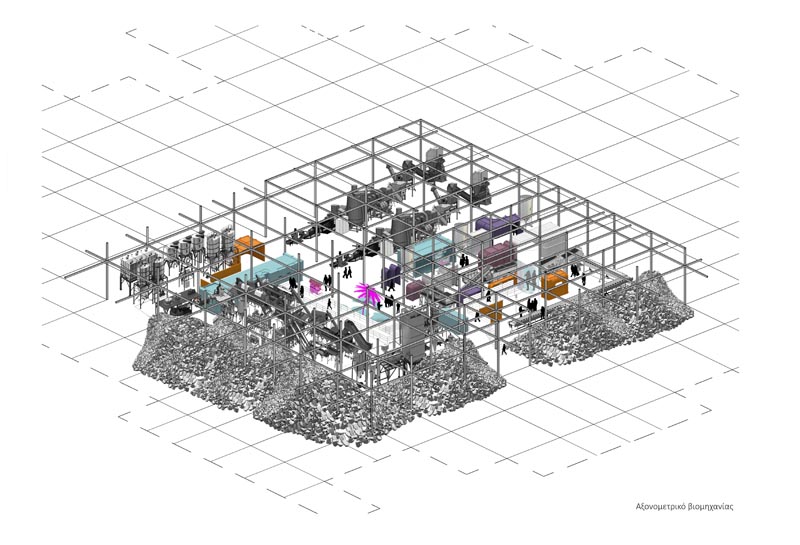

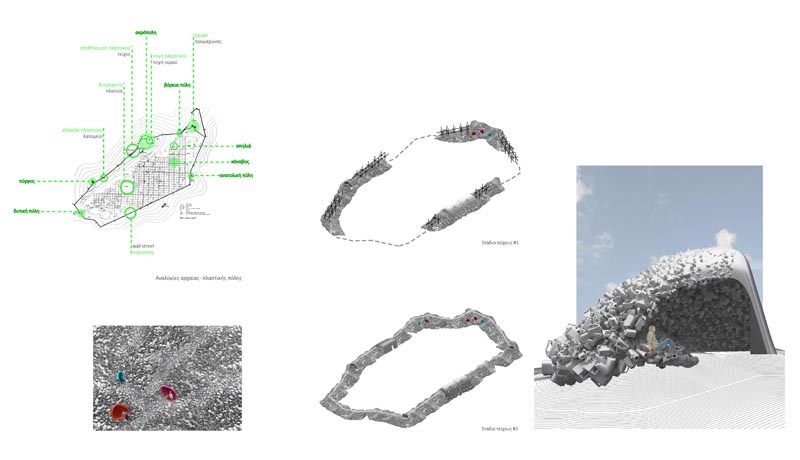

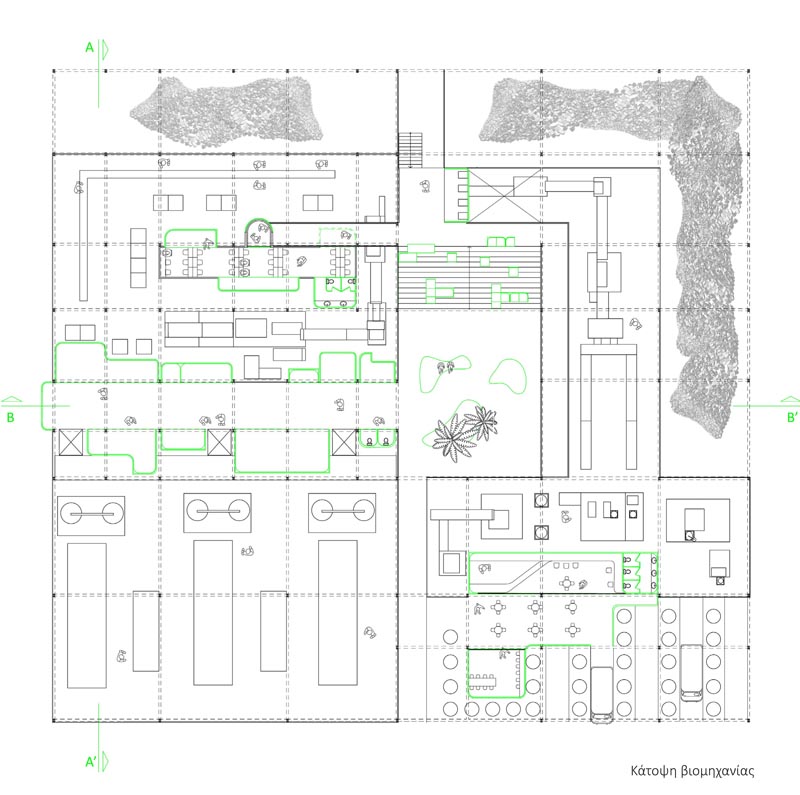

The project investigates the alarming accumulation of plastic waste in the environment and the inefficiency of existing media to absorb the increasing amount of it. The concept of the natural environment is being redefined and it is suggested that the existing plastic stock be deposited on the surface of the Earth in the form of a stable architecture. This new, concentrated plastic structure reveals the problem throughout, giving it a tangible and visible existence. Goritsa hill is the place that triggers work because of its many elements: the natural, the urban, the industrial and the archaeological. According to the map of the ancient city, the location of the industry is chosen, which undertakes to collect, select and process plastic waste in order to transform it into raw material, which becomes the basic building material of the new city. The industry will be the center of production and public life for the new city, as it incorporates cultural activities that adapt the human scale to the factory’s program. This is achieved through its products. Gradually, as long as the stock still enters, giving feedback to the industry, life is spreading out in the same way. The organization of both the industry and the new city being developed draws on the traces of the ancient city with the wall being an extension of industry - as a storehouse of plastics - and constitutes a changing form that shows residential patterns along it. The project seeks to turn ‘unimaginable catastrophe’ into a source that will benefit people to ensure their survival and to discover qualities within it.
Supervisor: Mitroulias Giorgos
Reference Number: 766
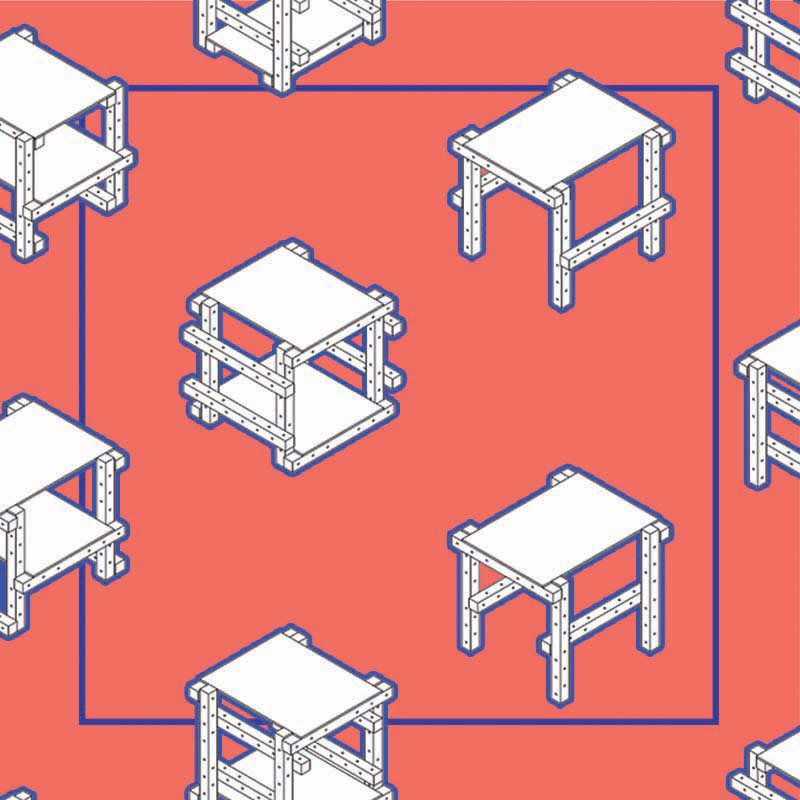

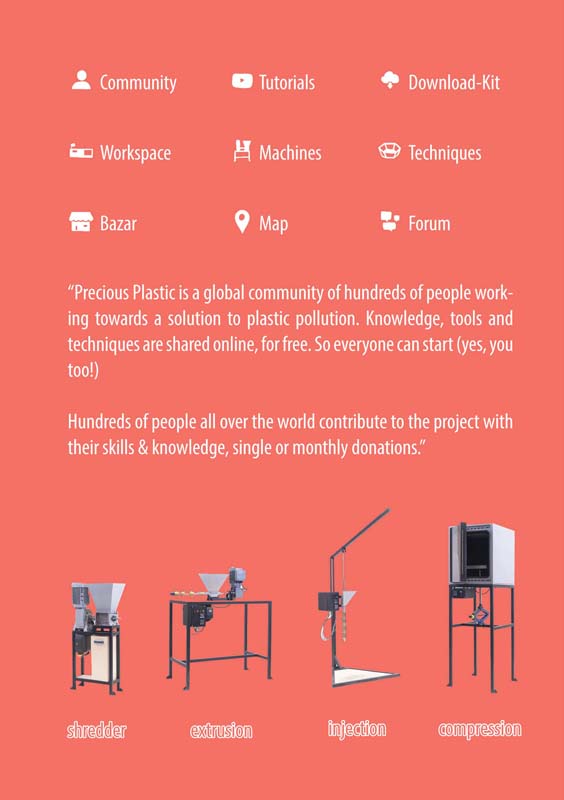





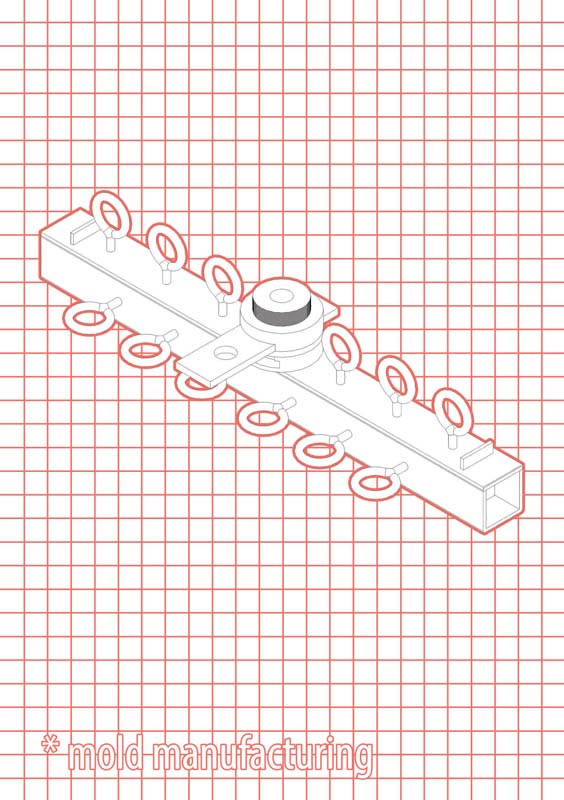



The life cycle of plastic is now at the forefront of discussions and the topic concerns even Architects. Following China's ban on the import of waste, it is necessary to redefine the way this material is handled and to be repossessed by appropriate means of management. Based on Dave Hakkens’ Precious Plastic, the project attempts to explore whether it is possible, within the limits and capabilities of the city of Volos, to implement a recycling process of this type as well as to study the application of theory and design in practice and construction.
After the research concerning plastic as a material, its properties, the consequences of its use, the ways of its management and the observation regarding the frequency of its presence at the University of Volos, we attempted to construct a 1:1 scale injection machine, a machine that receives raw plastic material and produces objects giving new life and value to it. The development of the machine was based entirely on re-use of materials from local yards and was carried out in a machine shop in the area of Palaia. A series of experiments were conducted with different types of plastic to identify their behavior, and a mold was designed to produce as a final product a type of beam whose multiplication and modulation forms a range of objects with various uses.
Supervisor: Kotionis Zissis
Reference Number: 759


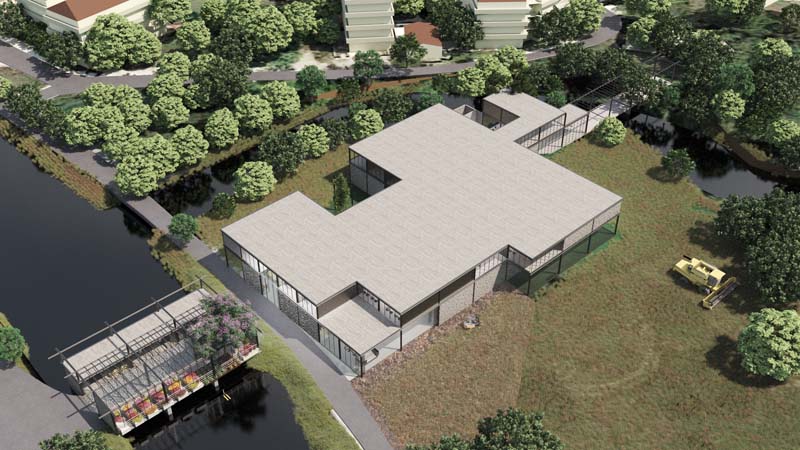





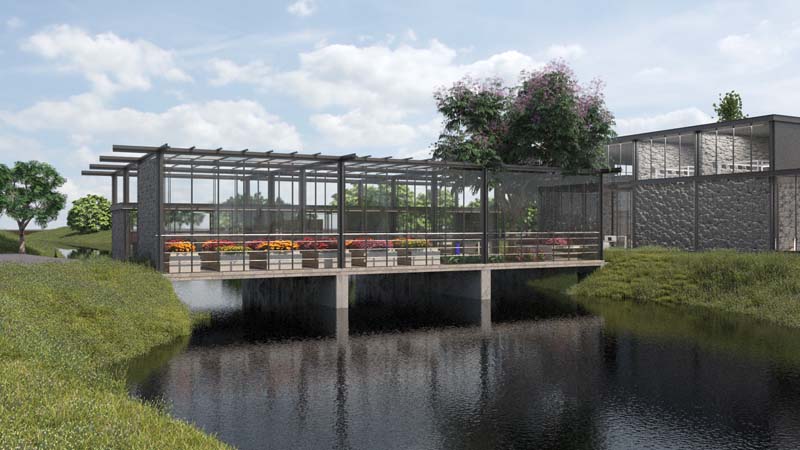

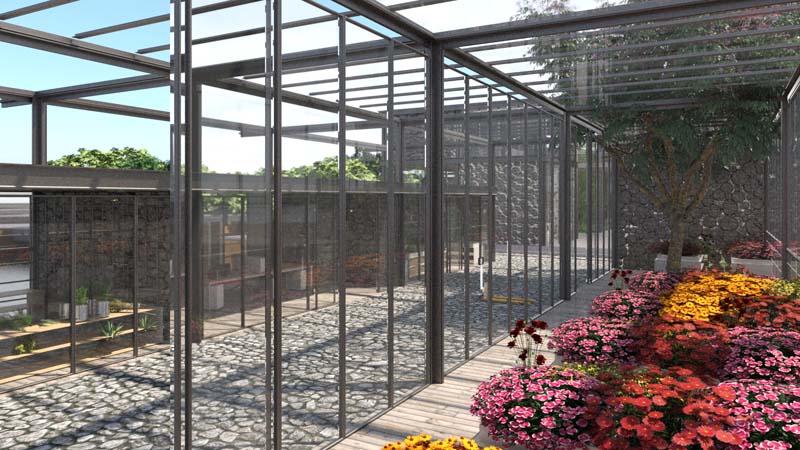

The subject of this thesis is the creation of a modern production and educational facility centred around specialised growth techniques. These techniques in turn focus on improvements in productivity and knowledge levels regarding Medicinal and Aromatic Plants (MAPs).
The architectural structure of the building consists of a dynamically adjustable interior system, which can be changed to fit any needs or changes required in order to accommodate complex modern agricultural methods. The building structure is separated into three basic sectors: The training sector, the production sector and the product promotion sector. We recommend that this building be placed between two different areas, one urban and the other agricultural, thus bridging the gap between two such zones. These, even though they may be in close physical proximity to each other in terms of geography, are not truly connected.
With this as our target, we create both an educational facility and a hyperlocal city centre that plays an important role in interconnecting various parts of the neighbourhood. Such connection creates a tangible connection between the social and business sides of the project. The social side of our proposal is not limited merely to connecting different areas and the rejuvenation of distant parts of the city, but also aims to introduce agricultural method to all age groups. This is not merely to improve the agricultural output of the area, but also to familiarise children with already existing farming methods. We recognise the need on the part of both city and future cultivators to become familiar with this new and promising agricultural method, that is, the cultivation of MAPs.
The reason for which this topic was chosen was the important connection that this particular area has had since ancient times with herbal agriculture. This is a relationship between mass production and specialized production, which thus creates a flexible framework for itself.
Supervisor: Gavrilou Evelyn
Reference Number: 723


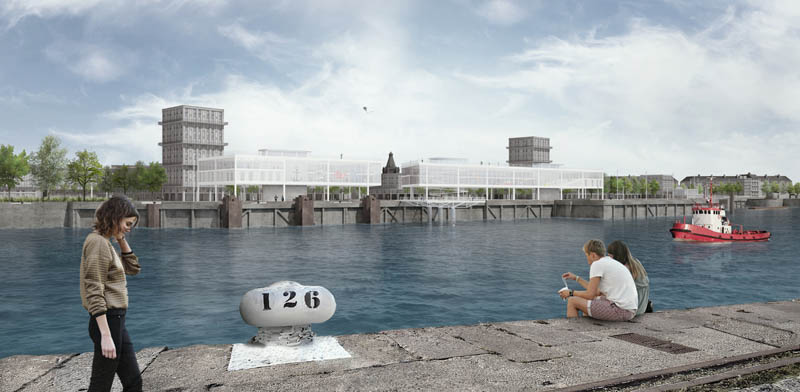

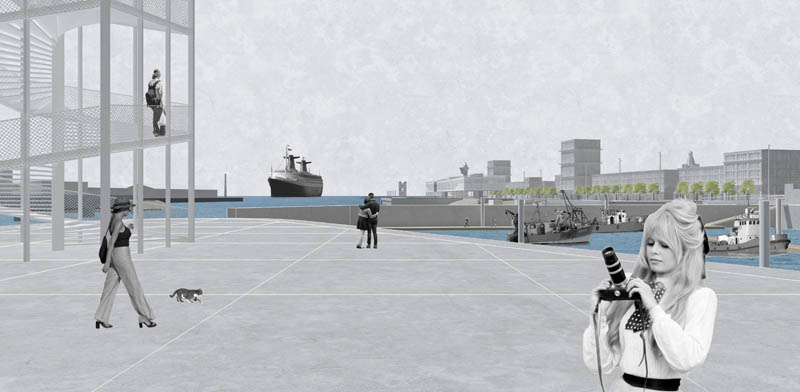

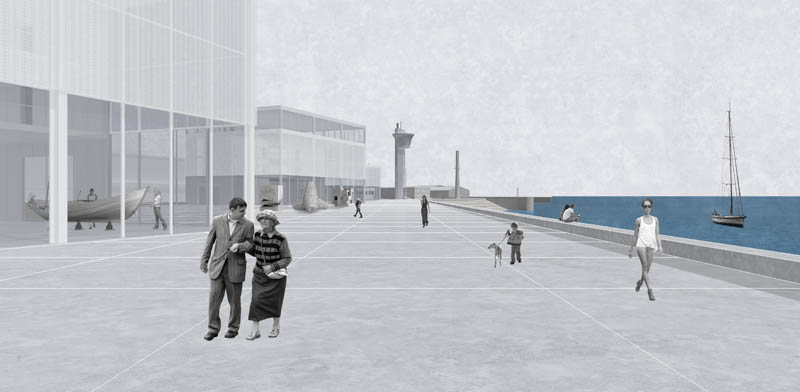





SS Regeneration is an urban design proposal consisting of a series of urban interventions in the seafront of Le Havre, France. Le Havre which is also the second largest port in France, is currently facing a lot of problems and challenges that raise the question of the city’s future as well as what direction will chose to confront them.
In order to understand these problems at a deeper level, we research the history, the significance of the port, the city’s development plans and goals for the near future. In this brief research, we will discover the ambitious approach to the matters mentioned before that Le Havre follows. This is an ambition that can be studied in relevance with the ambition we meet in most medium sized french cities on the one hand, and the one we spot in most port-cities on the other hand.
Our design proposal keeps up exactly with this multilevel ambition. Through a series of urban analysis, we define the goals, the exact location, the architectural program and finally the character of our proposal. The final project consists of a port museum, a sports center, three creative workshops, one floating square, a small market and an observatory and it stretches along the seafront of Le Havre.
The reconstructed historic center of the city in the unique modernist style of Auguste Perret and the special character of the city plays a significant role in the design process. In contradiction to the grandiose projects that usually ignore their urban context and character of the cities, being carried out within the speculative ambition mentioned before, SS Regeneration endeavors not only to respect the unique urban identity but incorporate it and eventually highlight it. Thus, SS Regeneration is not another mainstream extravagant urban proposal, but a ship. It is a ship sailing to its mother port, the port of Le Havre.
Supervisor: Paniyiris Costis
Reference Number: 744


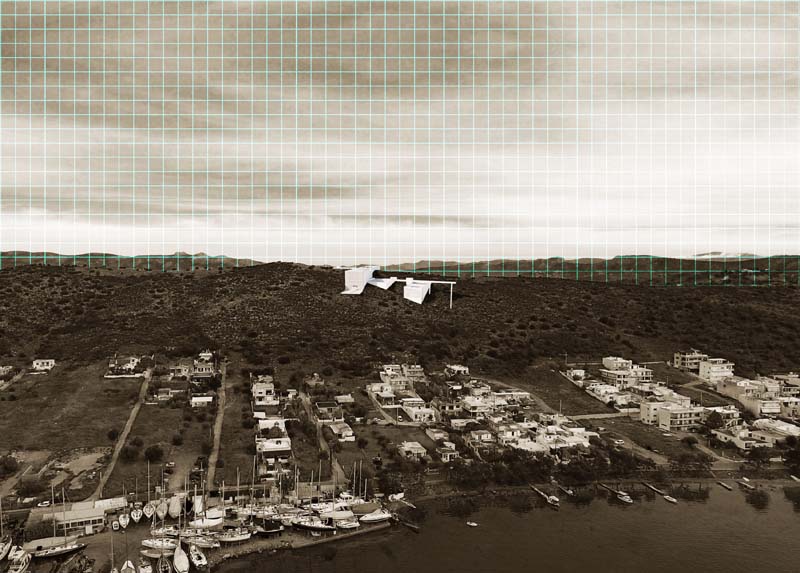

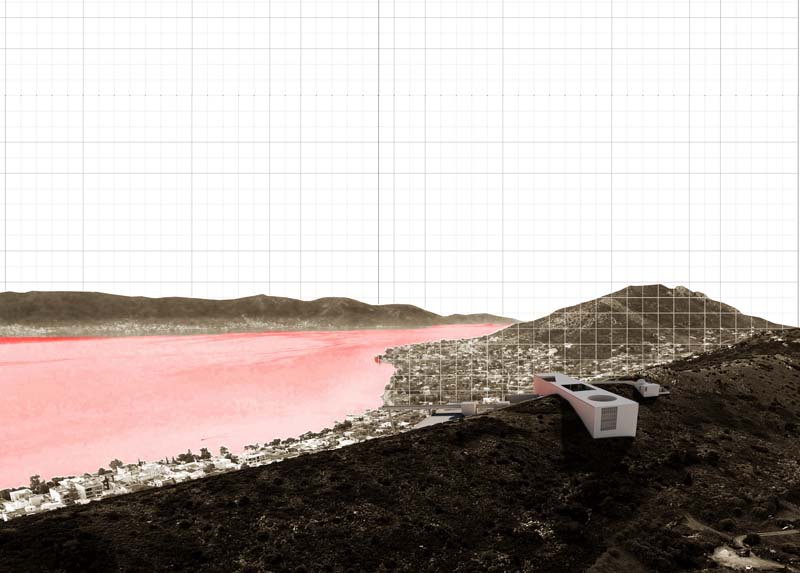



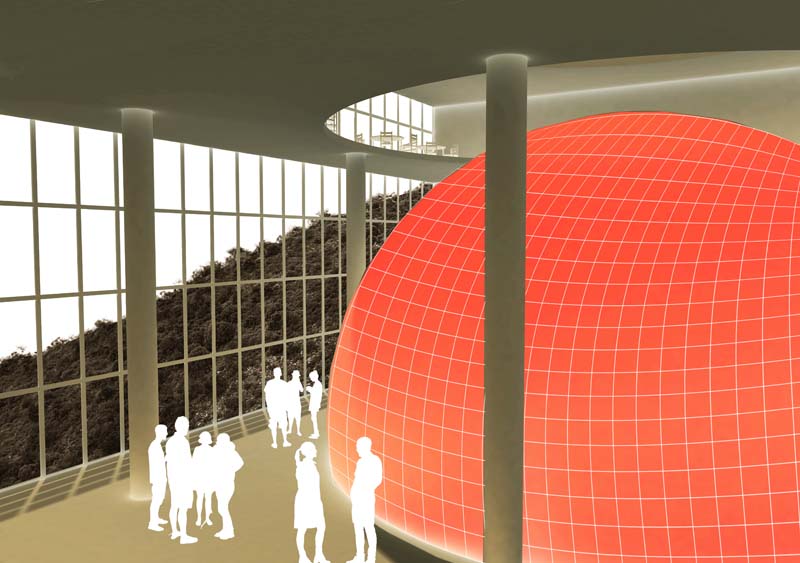

Astronomy, may be the only area of Physical Science that mesmerizes the general public. Many people are more and more systematically involved with Astronomy, and are often coming up with original scientific work. Today in Greece there are a lot of amateur astronomy clubs, which all together count thousands of members and two public observatories. These organizations are developing intense educational activity through numerous events that are very popular.
This diploma thesis has as its purpose to present a building complex which serves as well as promotes science and arts, while as a building programme is revolved around a public observatory.
The goal of this project, along with the economic and touristic development of the island, with the increase in traffic, is to bring the public of Salamis and Western Attica close to astronomy and to contribute to the expansion and preservation of a community of amateur astronomers on the island.
Taking into account the morphology of the proposed site and always serving the concept “view” as an idea and the different views of the same image, a building complex on the hill known as "Mills" in Salamina is proposed. The composition proposed consists of five parts: the "plateau", the "axis", the "gap", the "barrier" and the "clearing".
However, a basic prerequisite is appropriate staffing with a lively, energetic and active crew. A role that the annex of the Society of Astronomy and Space in Salamina covers.
Supervisors: Kanarelis Theoklis, Philippitzis Dimitris
Reference Number: 736
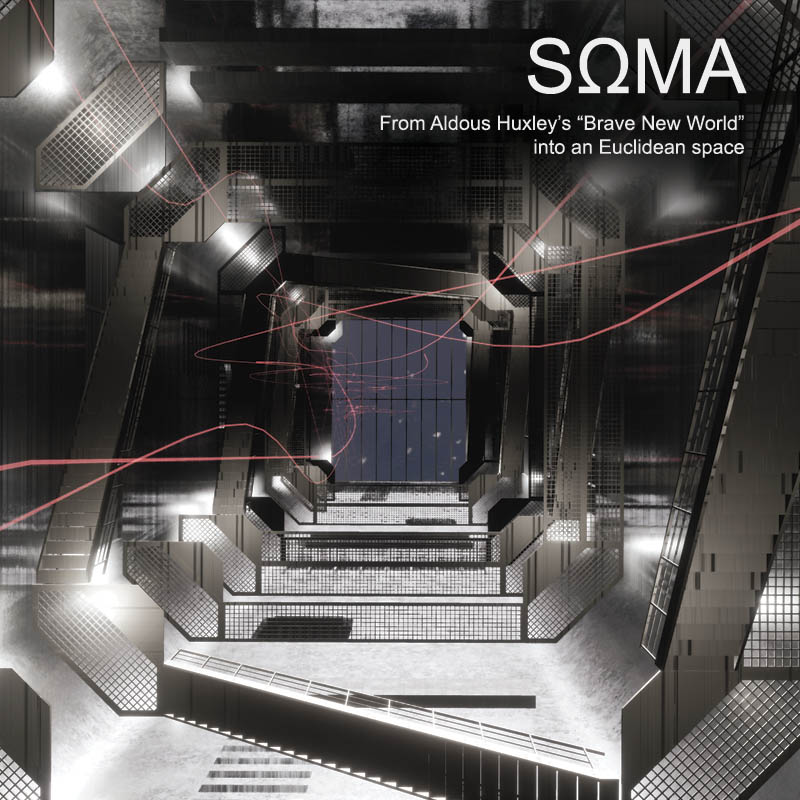

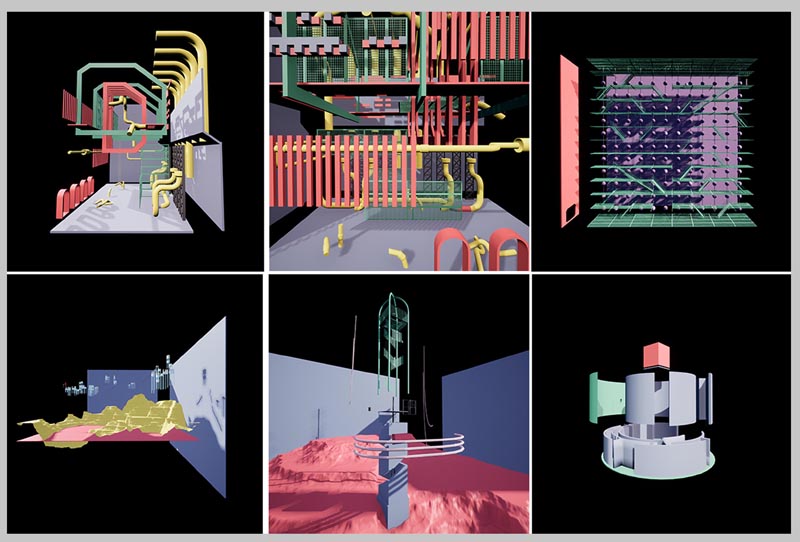

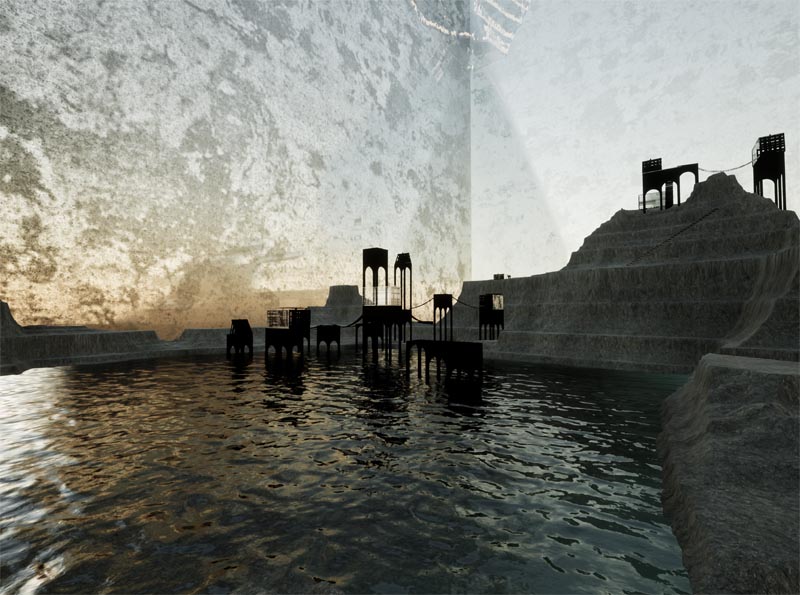

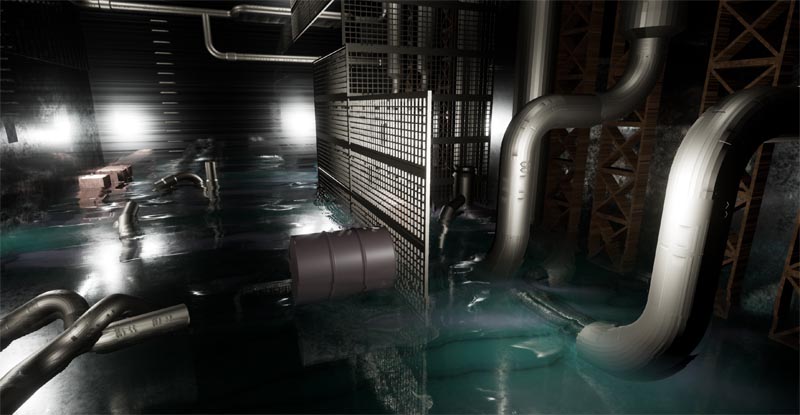



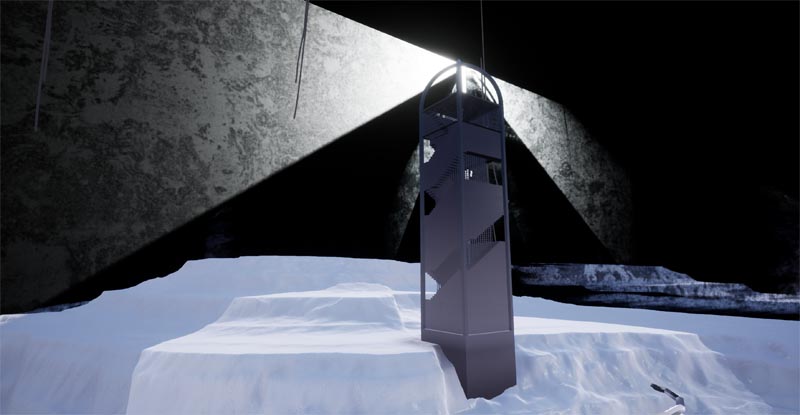

“...you can’t make tragedies without social instability. The world’s stable now. People are happy; they get what they want, and they never want what they can’t get.”
-Mustapha, BNW
Aiming to create a new experience that focuses both on the form and the use and expression of the architecture, our thesis is an interpretation of Aldous Huxley's book “Brave New World” which is shaped into an Euclidean space, with in the form of a video game. Our goal is to highlight the architectural creation, in the way that we imagined it while reading the book. However, at the same time, we aim to emphasize at the rest of the merits that connect with the architectural design and complete it, such as the feelings that cause you the game as you play, the ability to interact with the video game or the feeling of mystery during the evolution of the plot. Approximately 200 years after the events of the book and as technology evolves rapidly, society's organization is trapped in a model of dictatorship where the Central Brain controls and manipulates the rest of society. Through the narrative of the game, the character as a transmitter and receiver simultaneously, is on a wandering mission in his world in order to collect the necessary information and free society from its controllers. Nearly 200 years following the events of the book, and while technology evolves rapidly, a model of dictatorship has been cast upon society's structure where the Central Brain controls and manipulates every aspect of it. Through the play's narrative, the character -as both a transmitter and a receiver- is on a mission of wonderment in this world in order to gather the necessary information and emancipate the society he’s part of from its wrongful controllers. The user has the ability to identify with the character of the game by embarking on a journey inside the Construction. Starting in the Incubation Room, he is being assembled along with the others of his line, which is followed by him taking part in Reflective and Behavioral Education. He then starts on living in the Primordial Residence and explores his Human Identity, along with the Hospital and Disease Treatment, his Professional Occupance and finally –his destination- the Terminal Residence, reminiscing vividly of an unconventional journey from birth to death. Will he be able to complete The Mission and locate the Holy Sphere?
Supervisor: Papadopoulos Spiros
Reference Number: 767




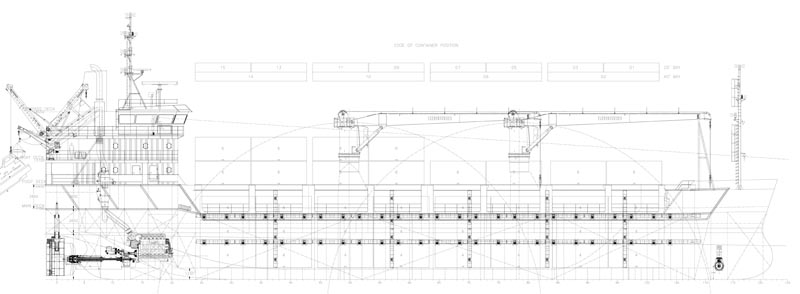

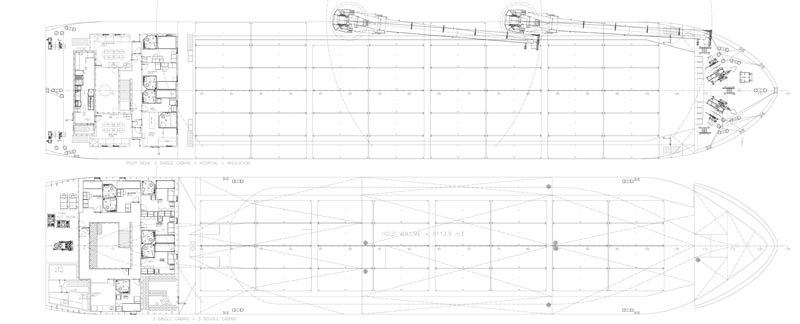

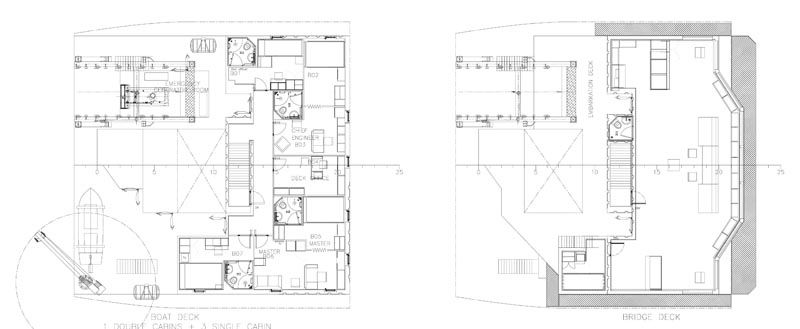

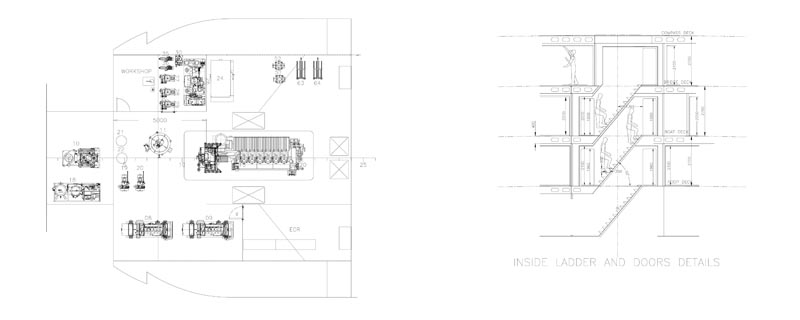

The dispersed urbanity of the Aegean archipelago exists for sure between Junes to September each year. Although the rest of the year Aegean Sea, looks like a huge sparsely populated rural area. Each autumn millions of short-term inhabitants live archipelago, which means the end of the theatrical performances, screening films, concerts, exhibitions etc.
Teatro Nostrum, the common theater of islanders, is a floating cultural center which would strike the routine of winter Aegean. The container ship that house Teatro Nostrum, transfers events which take place in the big cities of the mainland, to the center of archipelago. The ship is not only transports the suitable space for the events, but also brings actors, theatrical staff and necessary equipment.
Two big cranes transform the hold of the ship for housing a wide variety of performances and events. Then the weather is appropriate, two cranes could easily bring happenings out, at the free space of islands’ pier, which is the dispersed town center of Aegean archipelago.
The inhabitants of the 76 Aegean islands, earn one common experience, their own futuristic circus, their own gimmick-theater, one urban console for the lengthy, over peaceful, Aegean winter.
Supervisor: Mitroulias Giorgos
Reference Number: 765

